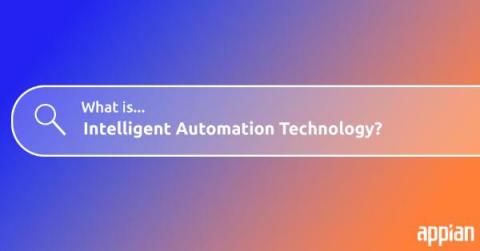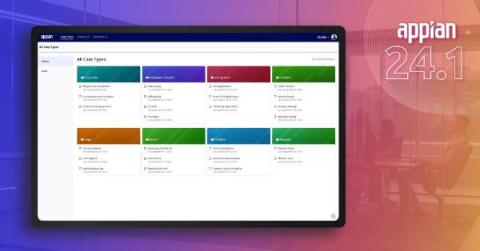How Intelligent Business Automation Combines AI and Automation
Enterprises looking to increase productivity and optimize business processes are increasingly turning to artificial intelligence (AI). AI can meet these expectations—but only with the right enabling technology. Intelligent automation at scale across the organization can offer a strategic approach to incorporating AI into complex business processes.











